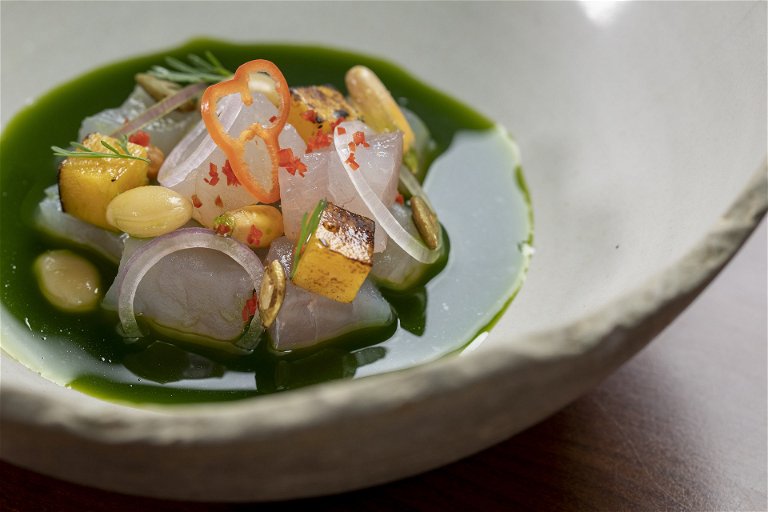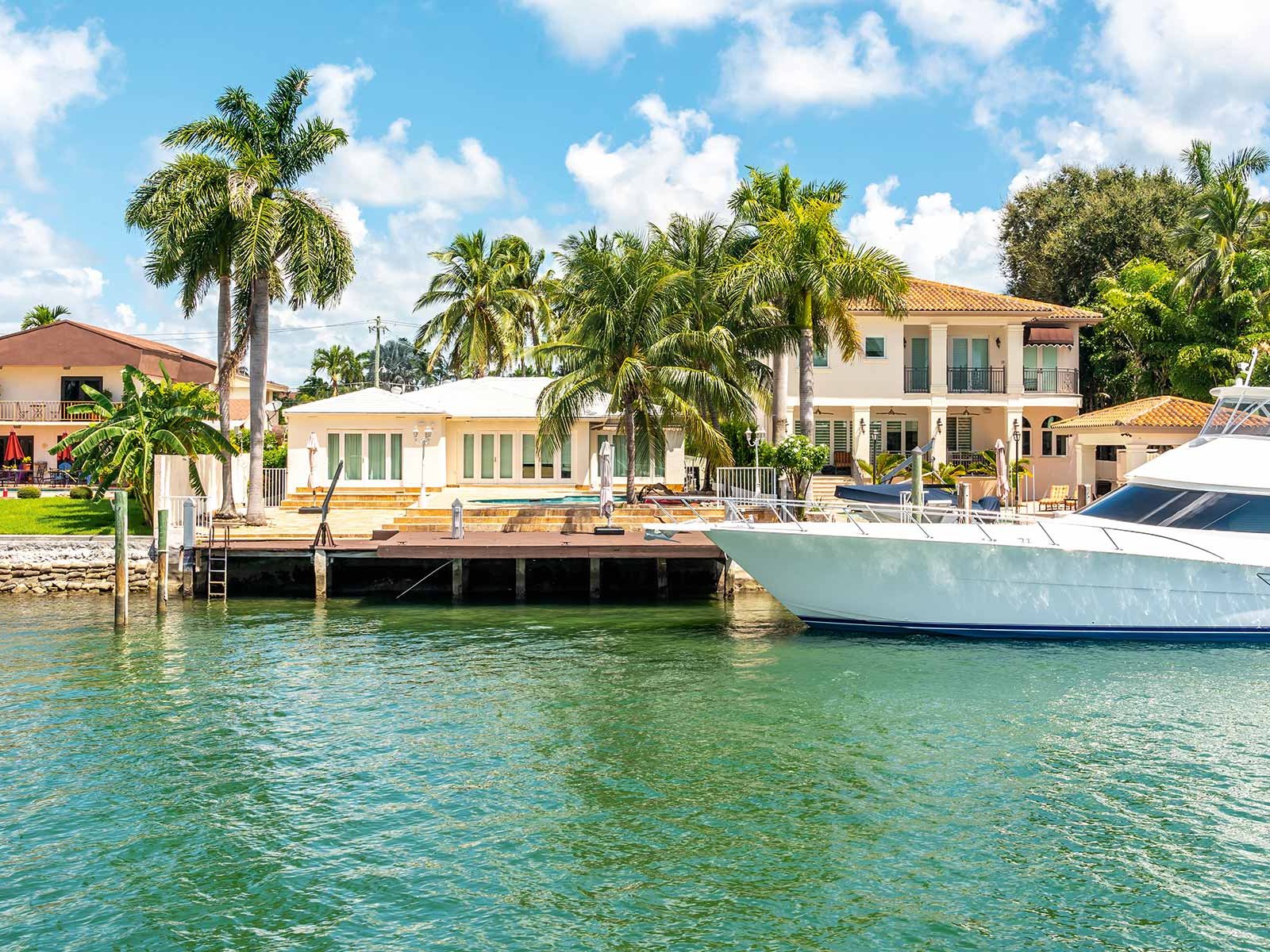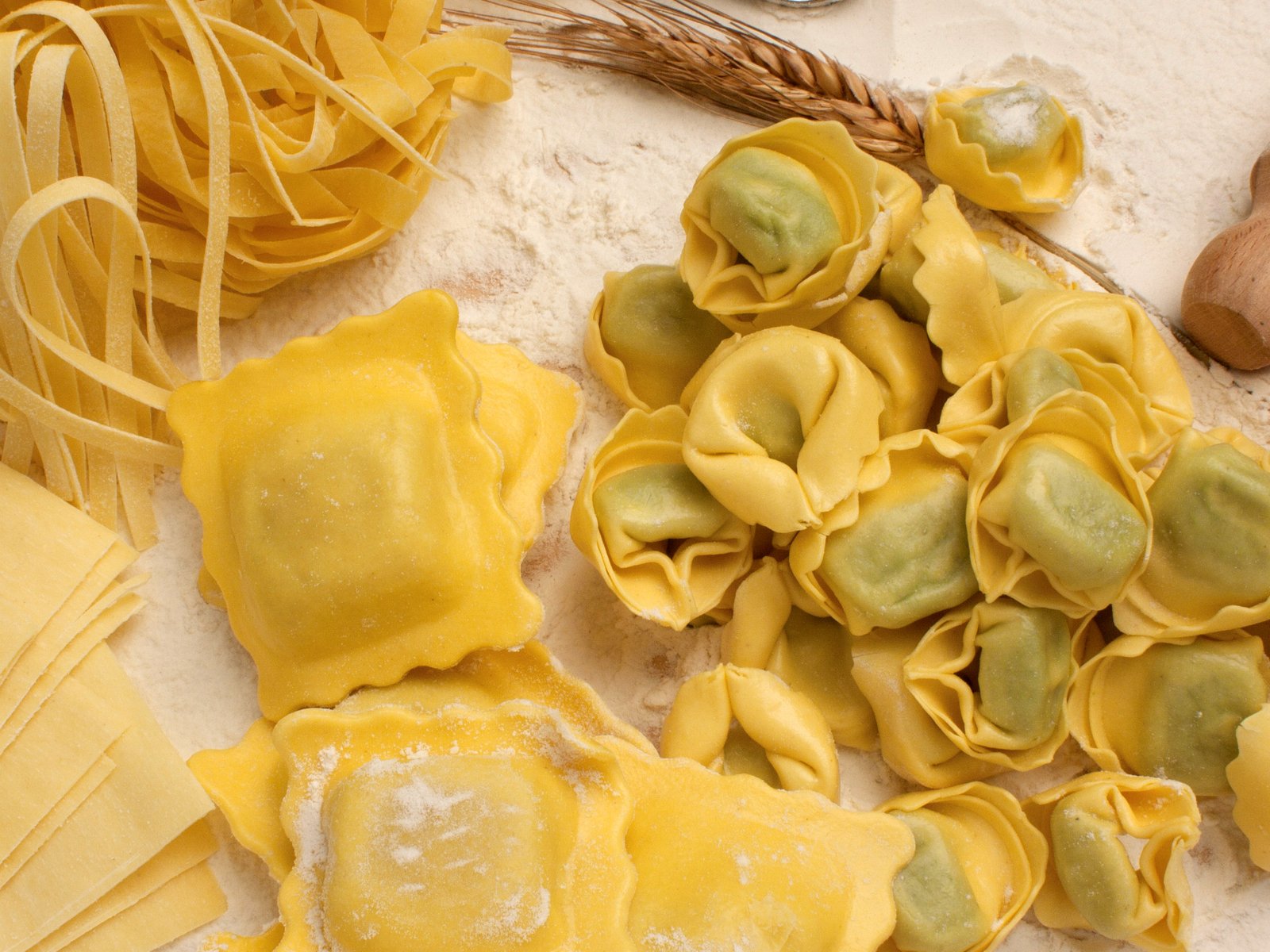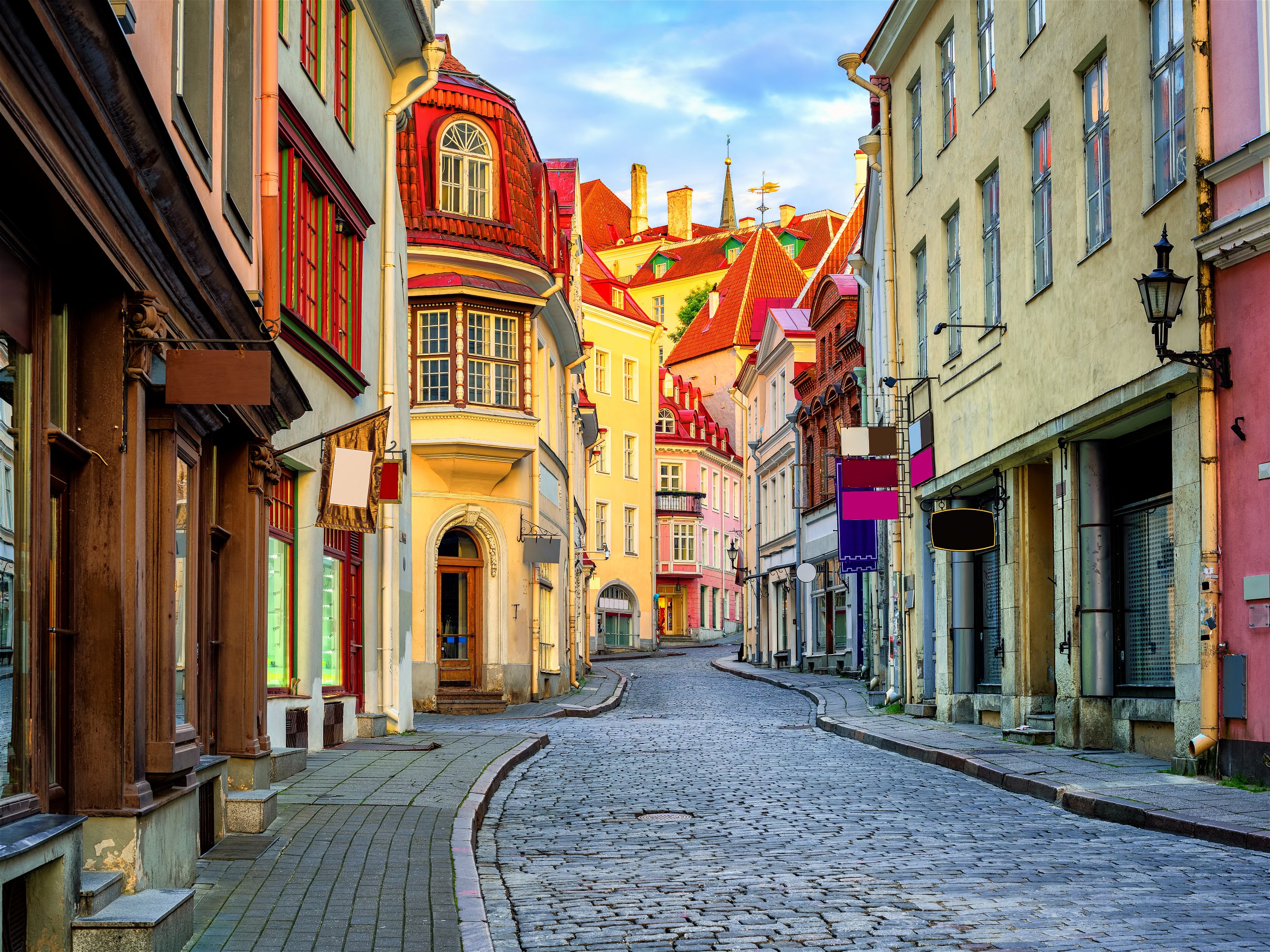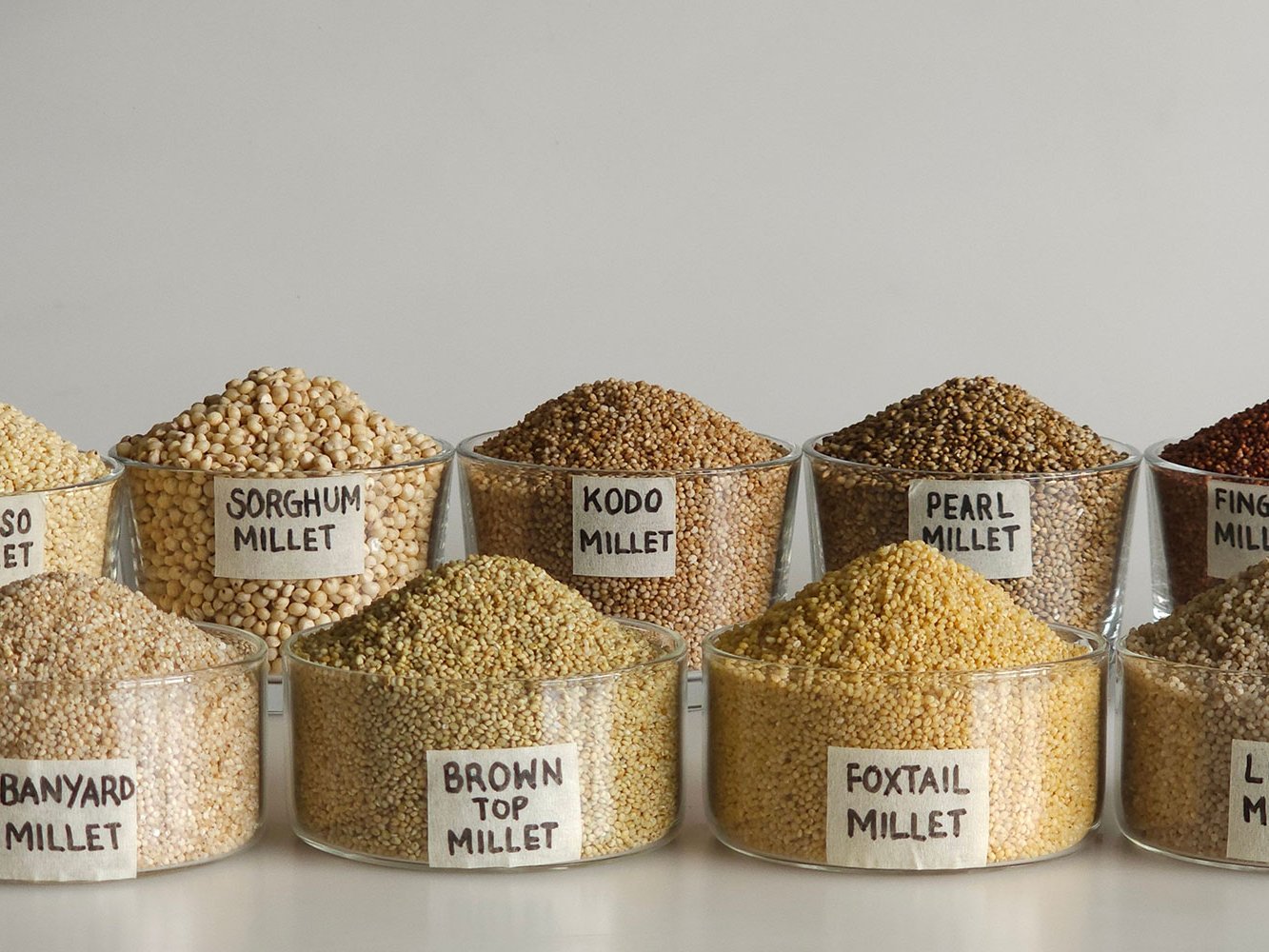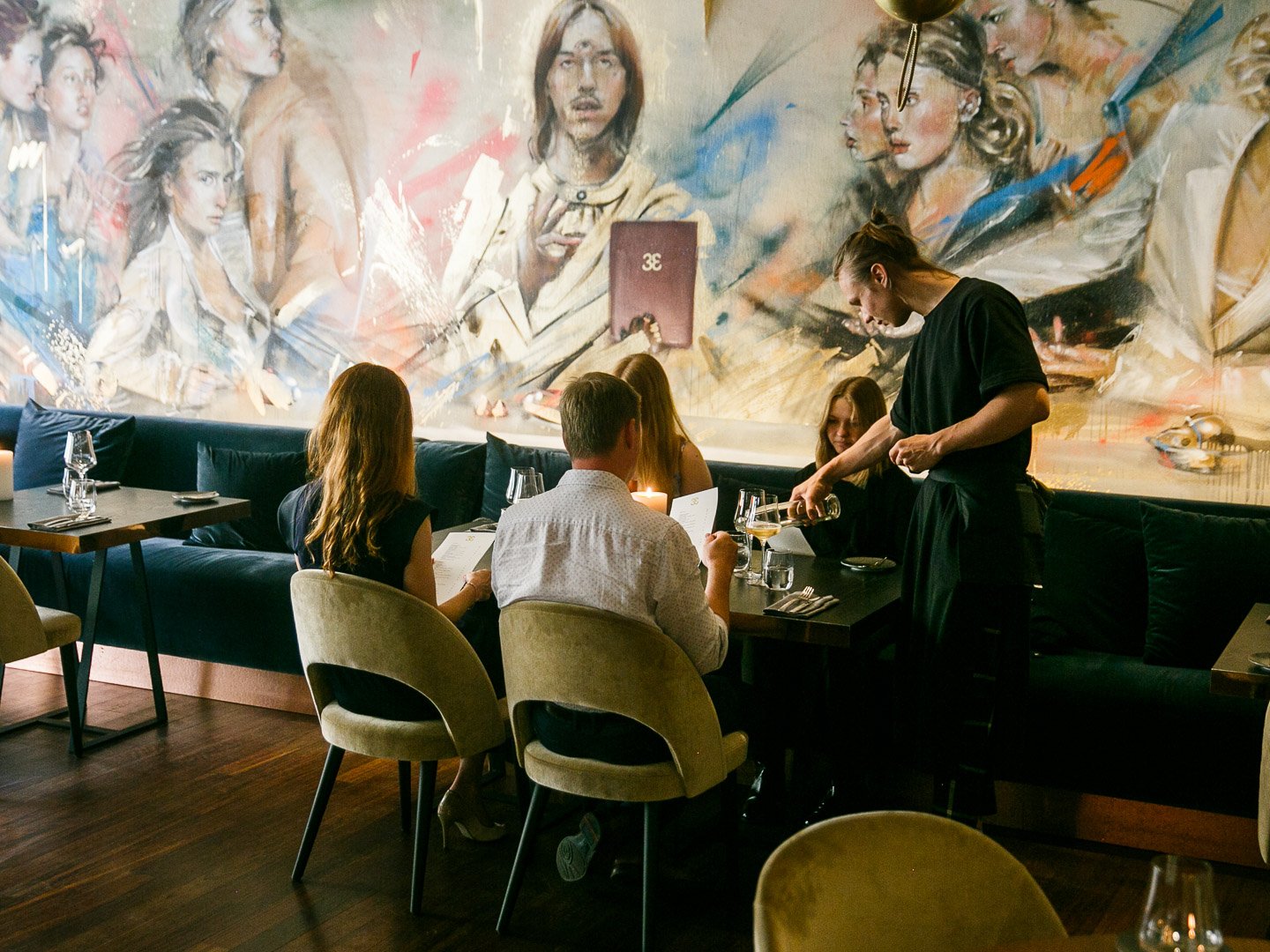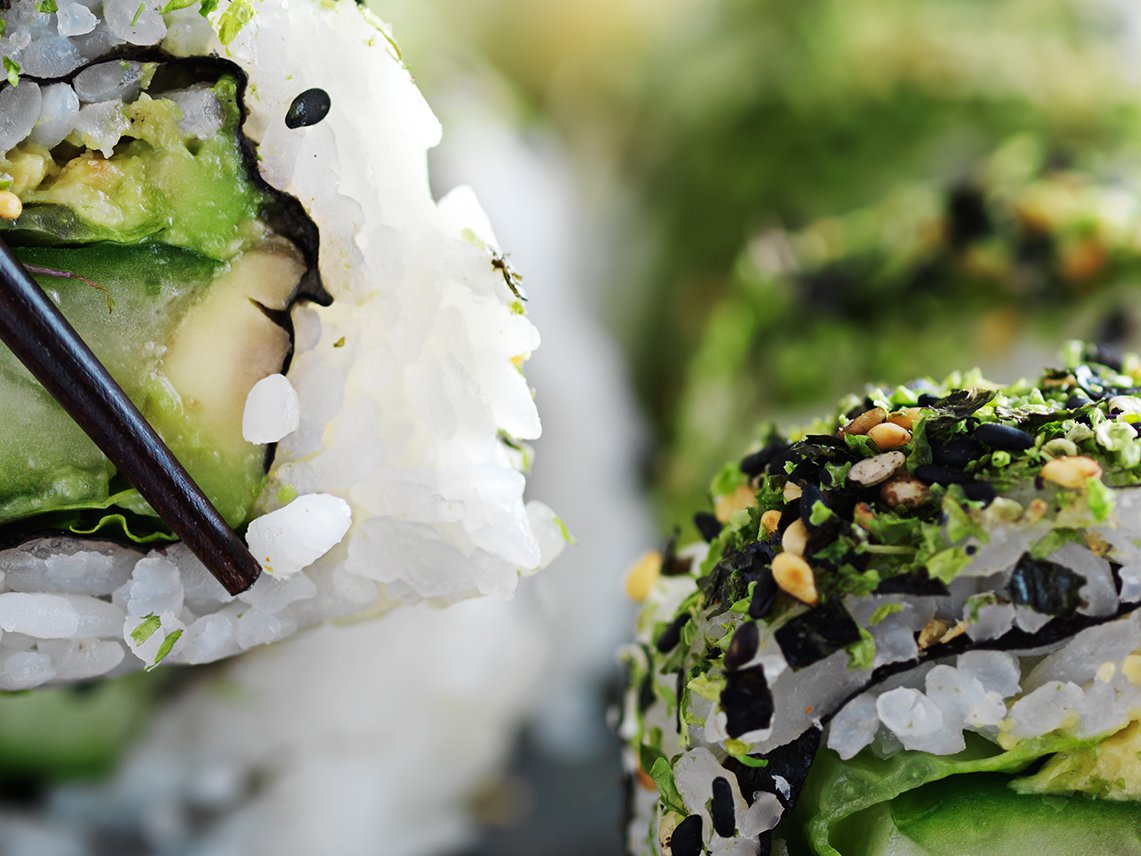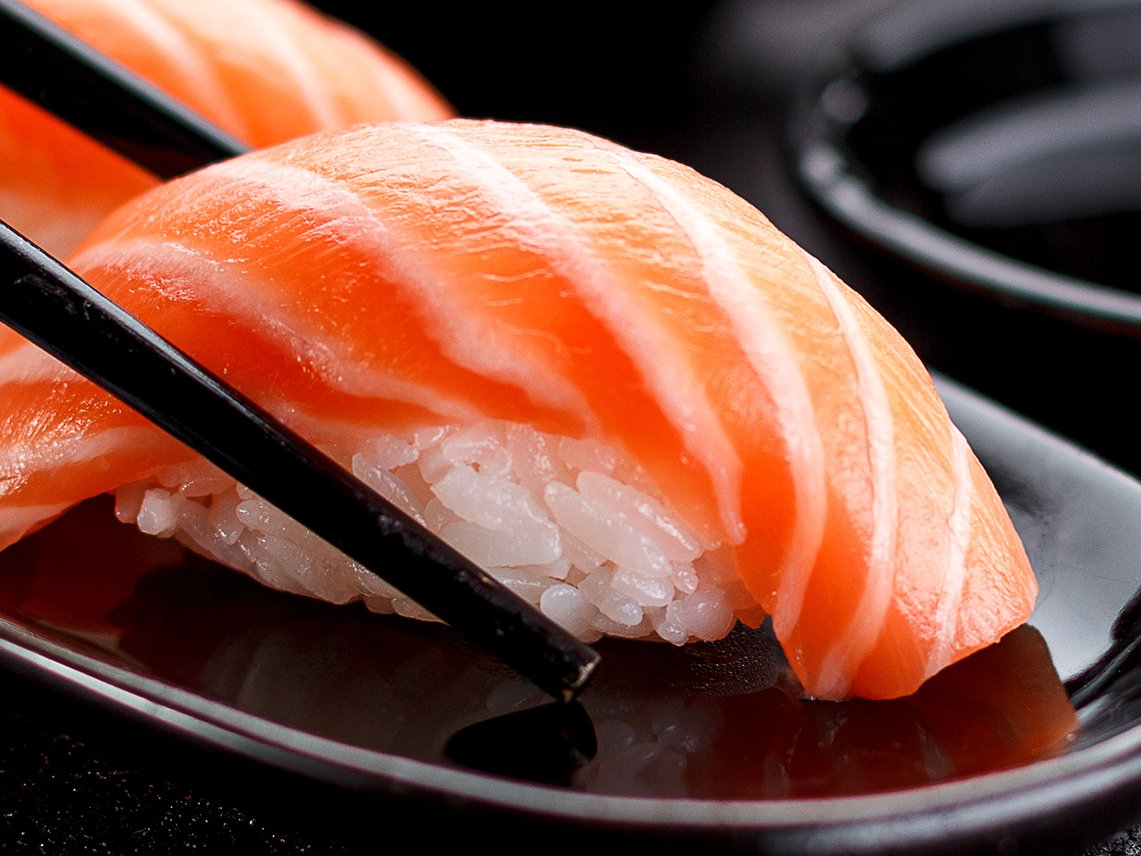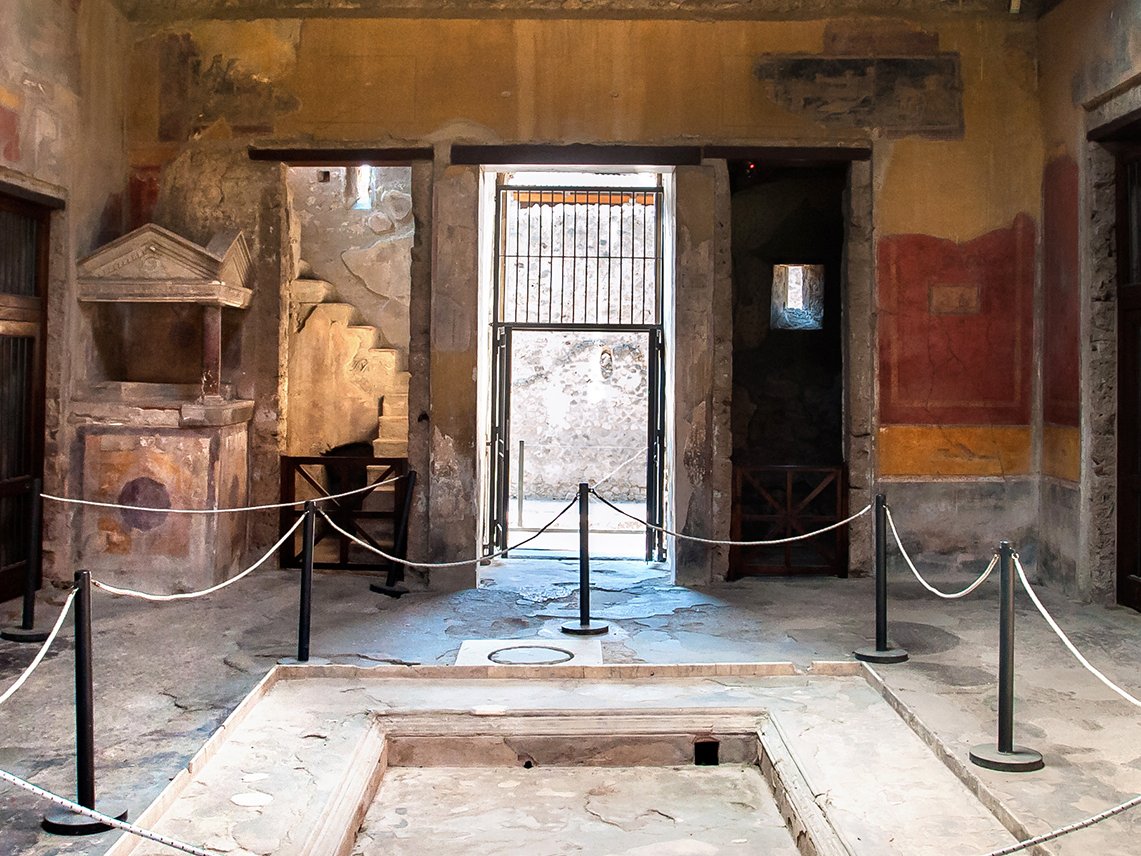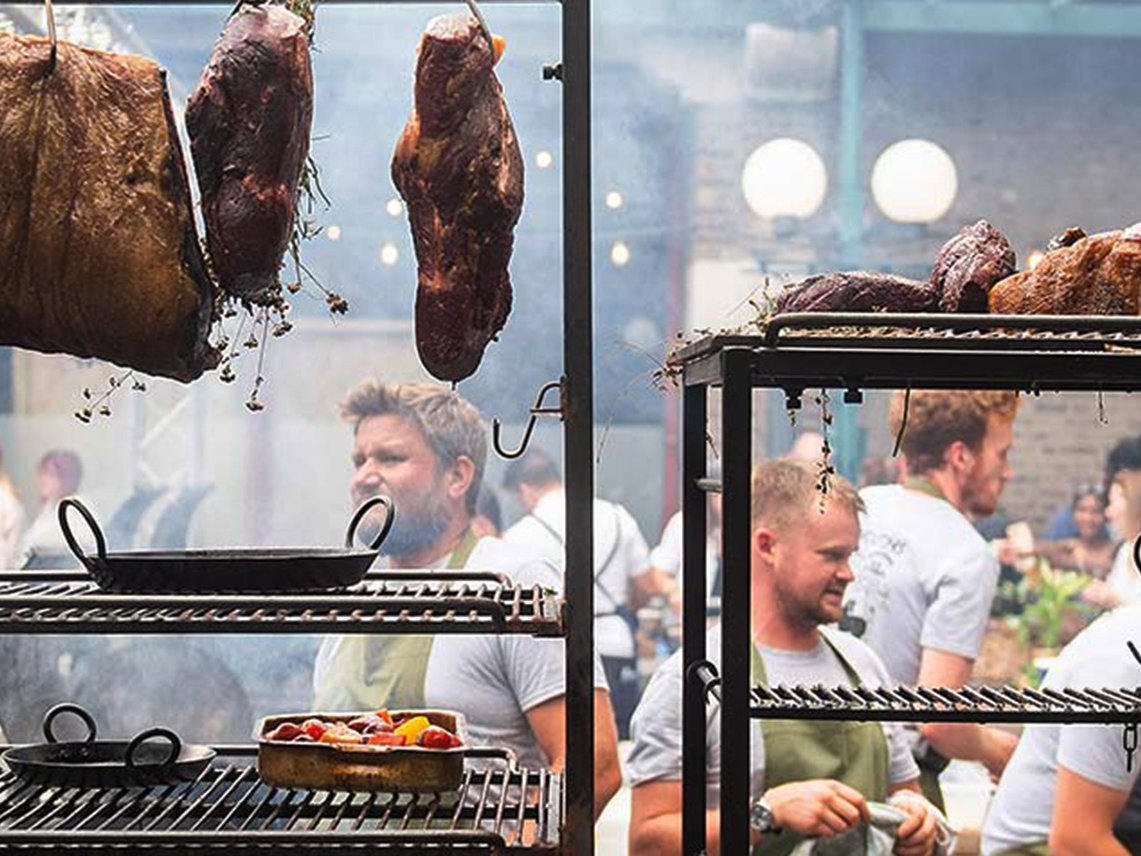Peru on a Plate: Why Peruvian Cuisine Is Hot Right Now
Between Pacific and Andes, roaring ocean and rugged rocks, Peru's perfect blend of indigenous and immigrant cultures has created a compelling cuisine.
In Peru, culinary worlds collide with spectacular effect. The country’s landscape encompasses wild Pacific coastline, high Andean peaks and Amazonian jungle. Its varied climates and altitudes support an extravagant and unusual range of fruits, vegetables, nuts, grains and tubers. To this natural abundance, add several centuries of cross-cultural influence and exchange. After the Spanish conquest of Latin America in the 16th-century came the colonial era, bringing waves of immigration from Europe (mostly Spain and Italy), Japan, China and Africa. Indigenous people still make up more than a quarter of the population – and all these influences can be seen and tasted.
Fusion Cuisine?
Peruvian food is often referred to as fusion cuisine, but the reality is more nuanced than that. The Spanish conquest initiated two-way traffic between the old and new world, a process called the Columbian Exchange. The European colonisers brought citrus fruits, bananas, grapes, sugar cane, rice, onions and brassicas, along with domesticated animals like cows, pigs, sheep and chickens for milk and meat; from Latin America to Europe went potatoes (which are native to Peru), maize, peanuts, tomatoes, beans, peppers, squashes and avocados. The dinner plates of both worlds were changed forever, with far-reaching consequences. In Peru, as in other South American countries, the colonial era also brought waves of immigration from Africa, Japan and China, as agricultural labourers arrived to work on plantations and estates during the 19th century. Culinarily, their influence persists in Afro-Peruvian, nikkei and chifa cooking styles, respectively, as does the cooking of Peru’s indigenous people.
The coming-together of this rich mix of cultures and cooking styles is called criollo in Peru. Adrián Sánchez, executive chef of Lima and Lima Floral, two Peruvian restaurants in London, describes criollo cooking as, “the real roots of Peruvian food, bringing in all the cultural influences from the Incas onwards”. Jake Cousins, commis chef at Lima Floral, has travelled widely and lived in Peru, his mother’s birthplace. He says, “Peru is one of the luckiest countries in terms of cuisine because we have the influence of the sea, the Andes, the Amazon – each part brings its own things. If you go to the markets, you will see things you never see elsewhere.” The combination of terrain, natural abundance and cross-cultural influence make Peruvian cooking a cuisine like no other.
The Japanese Influence: Nikkei
Arguably, the strongest of Peru’s many culinary influences has been that of Japanese immigrants, resulting in a cuisine called nikkei. Luiz Hara, chef and author of Nikkei Cuisine: Japanese Food the South American Way, who grew up in a nikkei family in São Paulo, Brazil, says: “Japan had been isolated for 200 years. When Emperor Meiji took power during the Meiji Restoration of 1868, there was a huge push to modernise Japan. At that time, a lot of people in the countryside went hungry. This coincided with Brazil abolishing slavery in 1888, so the Latin American plantation owners needed people to work on their estates. They encouraged Europeans to come, then they opened up immigration from Asia. There was a huge influx of Japanese people coming to Brazil and Peru.” The new immigrants created their own style of cooking, using local ingredients and Japanese techniques – including sophisticated knife skills – and Japanese flavour sensibilities. Nikkei cuisine encompasses dishes such as tiradito, a Peruvian cousin to Japan’s sashimi, and the contemporary incarnation of ceviche.
History in a Dish: Ceviche
Though it seems (and tastes) utterly up-to-date, ceviche’s roots go all the way back to the Incas. Citrus from Europe didn’t arrive in Peru until the 16th century, of course, but Latin American food authority Elisabeth Luard surmises that a version of the dish existed with chilli as a souring agent since some types of chilli are acidic. By the time the Japanese arrived, ceviche was an established dish which was further refined by Japanese cooks. Luiz Hara says: “When the Japanese went to Peru, they saw that cooks worked with quality fish but didn’t know how to make the best of it. They marinated the fish in citrus for too long, ruining the texture. The Japanese decided they could do better and marinated for less time and used fresher even better fish. They also created tiradito.” The name possibly originates from the Spanish word for ‘stretched’, a reference to the thinness of the lightly marinated slices.
A century later, nikkei food rose to world fame with chef Nobuyuki ‘Nobu’ Matsuhisa. Born in Japan, he moved to Lima in 1973, immersing himself in Nippo-Peruvian cooking. He rose to fame in Los Angeles with his Matsuhita restaurant, then opened Nobu in New York City in 1994. Nobu restaurants proliferated, making nikkei food a global phenomenon: there are now 50 Nobu restaurants on five continents.
However, while Nobu made nikkei famous, Hara credits Toshiro Konishi for creating it. “Nobu made nikkei cuisine glitzy,” says Hara. “He put the cuisine on the map. But he worked with chef Toshiro Konishi who had come to Peru from Japan in the 1970s. When Nobu went to the US, Konishi stayed in Peru, ran several restaurants and taught at university. He’s regarded as the father of nikkei in Peru.”
Bringing Peruvian Flavours to the World
Nobu paved the way for a later wave of Peruvian chefs. Today Peru is the only country thus far to have two establishments listed among the World’s 50 Best Restaurants: Central and Maido, both in Lima, holding places four and seven, respectively.
At Central, the cooking of husband-and-wife team Virgilio Martínez and Pia León is the result of detailed research into Peru’s multitude of climates and the resulting diversity of Peruvian produce. At the launch of the Central cookbook at Lima restaurant in London in 2016, Virgilio Martínez described their cooking: “We cook ecosystems,” he said before introducing a staggering array of native grains, seeds, vegetables, fungi and edible algae. You will struggle to find cooking like this anywhere else.
At Maido, Peru-born chef Mitsuharu Tsumura honed his skills in Japan and the US. He takes nikkei cooking to new heights with his tasting menus based on Peruvian ingredients and Japanese techniques. Mention must also be made of chef Gastón Acurio, whose Astrid y Gastón restaurant in Lima is currently ranked number 13 on the World’s 50 Best Latin American Restaurants list. The editors describe this trailblazing chef who has inspired acolytes including Virgilio Martínez, as a “chef-patron saint of modern Peruvian cuisine.”
Chefs such as these have made Peru a must-visit destination for food lovers. In 2017, 2018 and 2021, Peru was deemed to be the World’s Leading Culinary Destination in the World Travel Awards. Peruvian chefs have brought the flavours of their nation to the world through their talent and creativity. Now food lovers are heading to Peru, where the rich mix of ingredients and culture awaits discovery.

